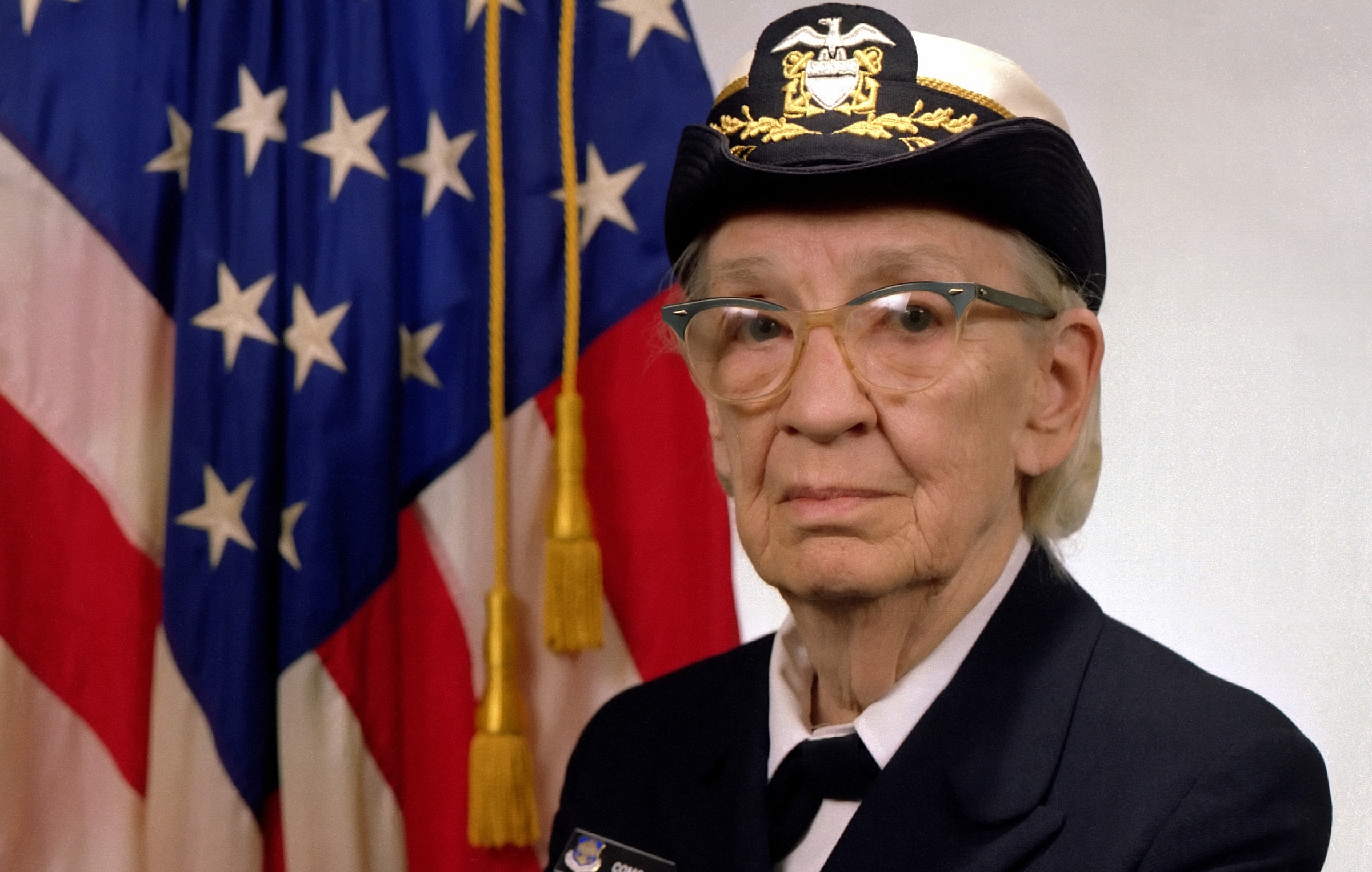Grace Hopper, known for her efforts in the US Navy and as a computer scientist, contributed to the development of computers as we know them by inventing the compiler.
Born in 1906, Grace Hopper was always fascinated with math and science. She studied at Yale, where she became one of the first women to earn a Ph.D in mathematics. However, when the U.S entered World War II, Hopper followed in her grandfather's footsteps and enlisted in the Navy. It was there that Hopper was first introduced to computer science.
The navy assigned Hopper to the Bureau of Ships Computation project, where she learned to operate the Mark I computer - a colossal electro-mechanical computer that could only perform 3 additions a second. She learned to code, and wrote the first manual for the Mark I. In fact, it is believed that she was the first one to coin the term 'bug' to refer to an error in computer code!
This happened when the Mark I kept spitting back incorrect numbers from multiplication. Hopper examined the behemoth computer, and discovered a live moth jammed between the contacts. This very moth remains preserved today in the Mark I log book, along with Hopper's note: "first ACTUAL bug found."
To address this problem, Hopper wrote the A-0 compiler, a system that converts a programmer's input of code to binary instructions the computer can understand. Without a compiler, a computer would be no more than a giant simple calculator.
Not only did Grace Hopper make a monumental contribution to the applications of computer science, but she also encouraged young people to pursue computer science. As she once said, "The most important thing I've accomplished, other than building the
compiler, is training young people. They come to me, you know, and say,
"Do you think we can do this?" I say, "Try it."



No comments:
Post a Comment